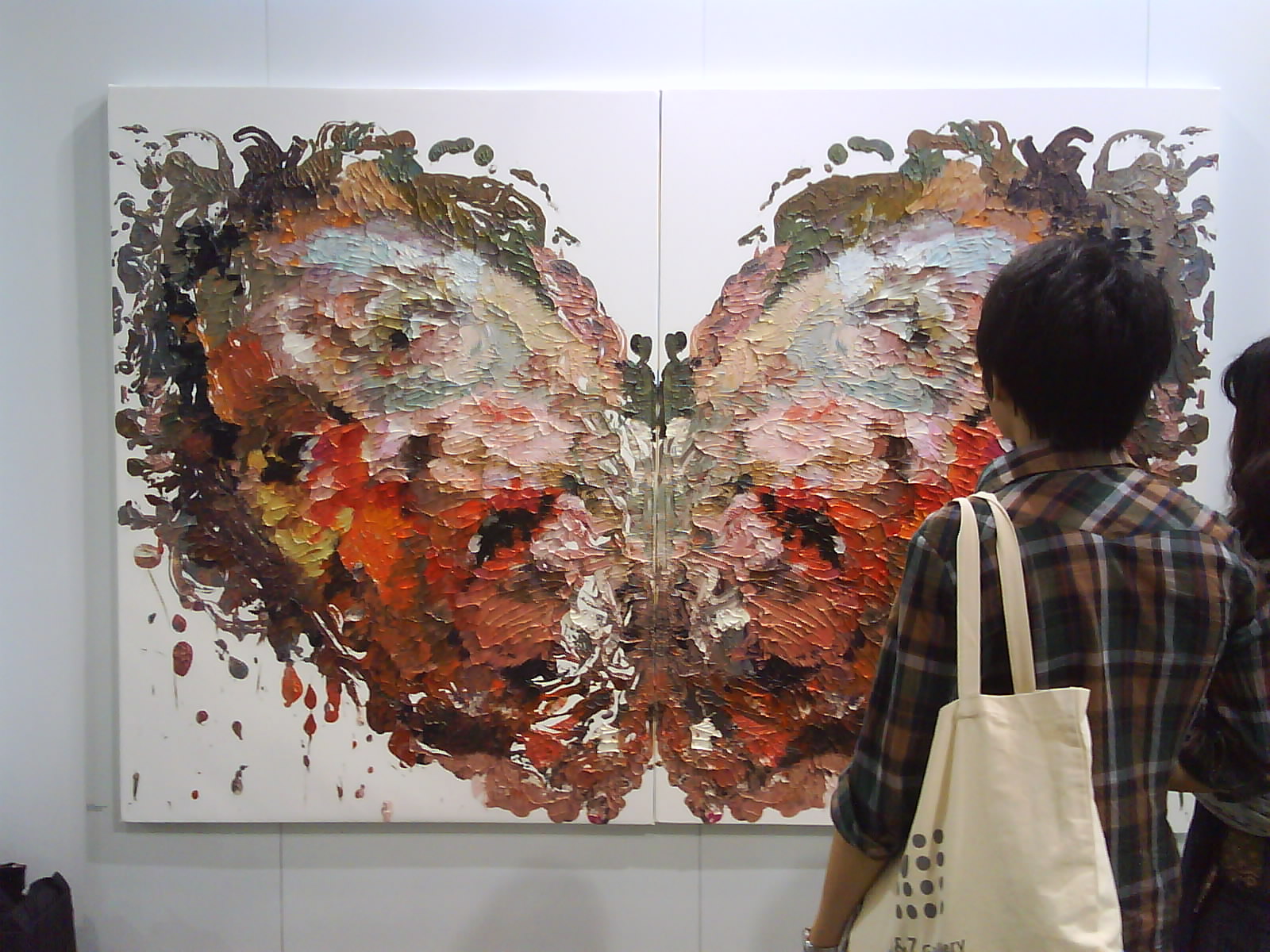Competition heats up in China's art market


HONG KONG -- Ever since its debut in 2008, the Hong Kong International Art Fair has attracted hoards of ordinary Hong Kong people looking for something extraordinary to see over a weekend in May.
A mostly younger crowd, they amble through aisles of provocative paintings and sculptures, often armed with a camera to record sightings of pieces by the likes of Damien Hirst and Jeff Koons. Part of the mix are plenty of buyers coming from the U.S., across Asia and Europe, some of whom are willing to drop millions on additions to their collections.
This year, the fair, which opens today, is called Art Basel Hong Kong, after a partial acquisition by the major Swiss art event company, which adds an air of prestige to what has already become the third-largest art market in the world, after New York and London, based on art sales.
It also marks a time of change for art in China, as competition in Hong Kong and across the border on the mainland is becoming more intense and complex among auction houses.
Sotheby’s and Christie’s, the world largest auction houses, have operated for decades in Hong Kong, which has separate legal and political systems from the rest of China. But only in recent months have they received permission to step foot onto the mainland.
Sotheby’s held its first auction there last year, in Beijing, as part of a joint venture with a state-owned company, and Christie’s is slated to hold its first auction in Shanghai this fall. It is considered a milestone development for these companies, as China as a whole has become the world’s largest art market.
"They're entering great territory with lots of buyers that haven’t been exposed to the auction houses inside China," said Bobby Mohseni, who heads the Hong Kong-based art consultancy MFA Asia.
"A lot of mainland Chinese and, of course, Taiwanese and collectors from all across Asia come to attend auctions and purchase works in Hong Kong. Now it will be the opposite, with the Chinese having the auction houses inside China."
The presence of Sotheby’s and Christie’s on the mainland adds competition to China's own two dominant auction houses, China Guardian and Poly International, which have also recently expanded across the border, holding auctions in Hong Kong.
While the art business is booming in China, the story is not all that rosy or simple, and dealers face a number of challenges.
China’s art sales fell dramatically last year, to $4 billion, from $9 billion in 2011. The drop is attributed by dealers to the economic slowdown, the country's political uncertainties and closer policing of the hefty taxes on art purchases. Taxes vary from place to place on the mainland but can reach 35 percent of the sale price, whereas in Hong Kong tariffs are much lower.
Another obstacle for auctions and fairs on the mainland is the matter of convenience -- it is more difficult for international clients to travel there than to Hong Kong, Mohseni points out, because it is harder to get travel visas to mainland China, which is rarely a problem when traveling to Hong Kong.
Nevertheless, analysts expect that auctions on the mainland will begin to take a bite out of the Hong Kong market, but they also think the pie in Asia will also just keep getting bigger.
While contemporary Chinese art has seen explosive price increases around the world over the past decade, dealers report high demand for Southeast Asian, Indian and Middle Eastern art right now. Moreover, Chinese buyers are branching out and diversifying their acquisitions.
"Previously it was nationalistic, so Chinese were buying only Chinese contemporary or only Chinese modern paintings, whereas now, they have their collections of Chinese artists and they’re looking to expand into international art. So more demand in contemporary European and Asian, modern masters from the last century, Impressionists," Mohseni said.
And Hong Kong's biggest art show that started only five years ago is given a lot of credit for the city’s strength as a destination to buy fine art, as well as for bringing major contemporary works for its residents’ enjoyment.
"Art Basel is great because you see lots of kids, lots of Hong Kongers that are not usually exposed to the art, but they want to see the art," Mohseni said. "So it's very good other than being a fair, it's a very good educational tool."
Photo: Vanessa Ko
This post was originally published on Smartplanet.com